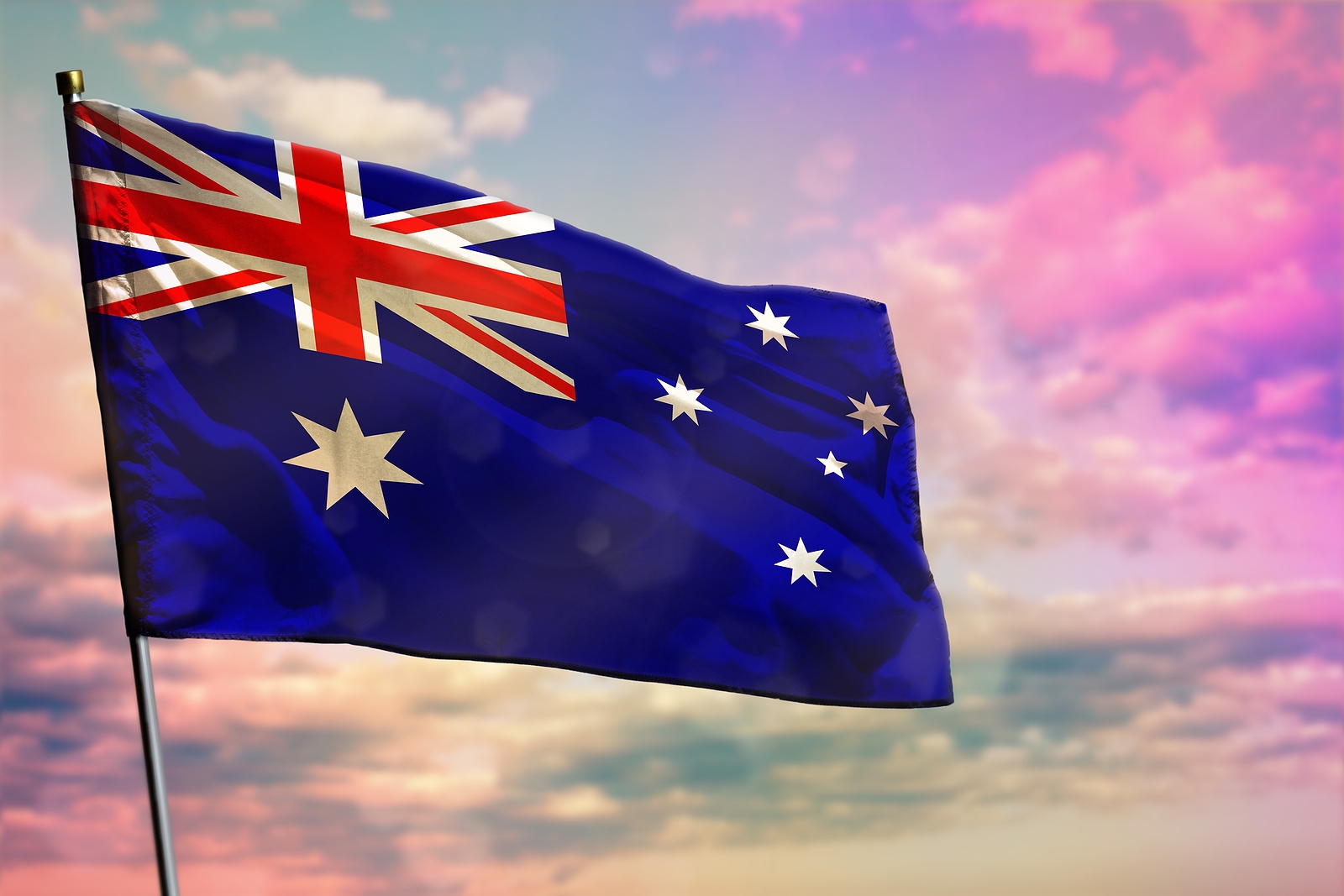By Paul Dibb
Prime Minister Albanese is attending the NATO Summit in Madrid on 28 June, along with the leaders of Japan and South Korea and representatives from Sweden and Finland. President Zelensky has also invited him to visit Ukraine after the NATO leader’s summit. There will clearly be expectations in both meetings of additional Australian support.
Australia should, of course, strongly support Ukraine diplomatically and promise to do more in terms of supplying appropriate military equipment. However, there are other limitations about what we can do in Ukraine and how we can respond to NATO expectations.
No doubt, there will be discussion at this NATO Summit whether Russia will extend its military aggression to include the targeting of the supply of military equipment by the U.S .and its allies to Ukraine through Poland.
There is the further complication of whether NATO will discuss its planning for military contingencies involving Russian military attacks on one or more of the Baltic countries, all three of which are vibrant democracies. A Russian attack would raise serious moral questions for us, including our vital interests in seeing a democratic Taiwan not being attacked by China. As Japan’s Prime Minister, Fumio Kishida, has observed: there are clear implications for East Asia of the war that is now being waged in Europe.
There is the further question that has been raised by Ukraine’s Ambassador, Vasyl Myroshnychenko, who claims that “if the sovereignty of any Indo-Pacific country was violated, Australia would expect NATO and other allies to come and support it.”
Unfortunately, that is not what history teaches us in this part of the world. In the Second World War in the Pacific, once the Japanese had defeated Britain in Singapore, no other major European powers participated in the defeat of Japan.
And we all recall the way the UK dropped its strategic interests in our part of the world when in 1968 it announced the policy of withdrawing all its troops East of Suez.
In the Vietnam war the Europeans and the British were nowhere to be seen in this prolonged conflict with communist North Vietnam. While the UK was directly involved in the war against the communist insurgency in Malaya in the1950s, as well as against Indonesia’s Confrontasi in the 1960s, no European country chose to be involved. Most of Europe was not concerned that Indonesia had the world’s third-largest Communist Party and was being heavily armed with advanced Soviet military equipment. It was at this time that Australia purchased F-111 strike bombers and Oberon class submarines. We recognised that if push came to shove, we might have to manage Indonesia alone.
Accordingly, because of these developments and US expectations under the 1968 Nixon Doctrine, Australia for the first time started to focus on the defence of the Australian continent without reliance upon our US ally – short of nuclear war or an attack by a major power. During the 1970s and 1980s, Australia underwent a major revolution in its approach to defence planning, which gave priority to our own defence and the security of our own region of primary strategic concern rather than expeditionary forces at great distance overseas.
The idea of the defence of Australia encountered great resistance – especially from the Army. And Coalition governments from time to time continued to give preference to Australia being able to mount distant military operations alongside our U.S. ally. So, the 2016 Defence White Paper gave equal weight to the three strategic priorities of the defence of Australia, our region, and our broader global interests. That simply undermined any attempts to discipline the three single services to give priority to our own defence.
However, all this changed for the better when the Coalition’s 2020 Strategic Update announced a radically changed policy:
“The Government has decided that defence planning will focus on Australia’s immediate region: ranging from the north-eastern Indian Ocean, through maritime and mainland Southeast Asia to Papa New Guinea and the South West Pacific…..That immediate region is Australia’s area of most direct strategic interest.
The 2020 Update also stated there was a need to build a more potent, capable, and agile defence force, including acquiring capabilities that enable Australia to hold adversary forces and infrastructure at risk further from Australia. Accordingly, it said that our immediate region “will provide a tight focus for defence planning.” The Update concluded that consideration of making wider military contributions outside of our own region “should not be an equally-important determinant for force structure compared to ensuring we have credible capability to respond to any challenge in our immediate region.”
These key defence policy guidelines must be firmly etched into the decision-making of our Prime Minister and Defence Minister when it comes to responding to expectations from NATO. With China deliberately building up military pressure against us, now is not the time to ditch decades of hard-won work in Defence that has put in place the priority to be given to our own region of primary strategic concern and the defence of our homeland.
The Government’s commitment to having an independent review of the ADF’s force posture —including its basing in Australia and deployments overseas —should be guided by this fundamental defence planning principle.
Paul Dibb wrote the 1986 “Review of Australia’s Defence Capabilities” and was the primary author of the 1987 Defence White Paper “Defending Australia.”
An earlier version of this article was published in The Australian on June 27, 2022.


